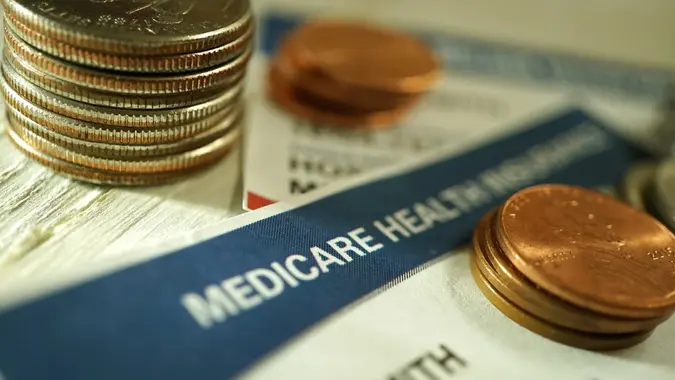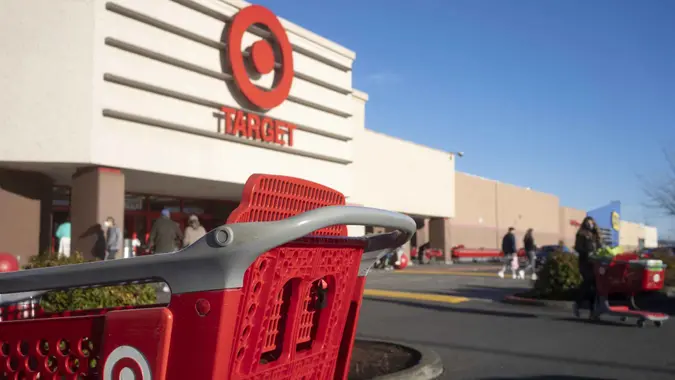Food Stamps: Will Latest Public Health Emergency (PHE) Declaration Affect SNAP Benefits?

Commitment to Our Readers
GOBankingRates' editorial team is committed to bringing you unbiased reviews and information. We use data-driven methodologies to evaluate financial products and services - our reviews and ratings are not influenced by advertisers. You can read more about our editorial guidelines and our products and services review methodology.

20 Years
Helping You Live Richer

Reviewed
by Experts

Trusted by
Millions of Readers
The latest public health emergency (PHE) went into effect this month (and will stand until April), but SNAP recipients may see a reduction in their monthly benefits shortly, regardless. Emergency allotments, which allowed for extra SNAP benefits based on a PHE declaration by the secretary of health and human services, have been in place for two years. This extra boost is due to expire by the end of February under a new government spending bill.
According to Forbes, eligible families had received a 15% increase in SNAP benefits with a maximum benefit amount based on household size and income. Starting March 2023, SNAP benefits and eligibility qualifications will return to pre-pandemic conditions — however, benefits were adjusted for inflation and beneficiaries will get a 12.5% cost-of-living adjustment (COLA) for fiscal year 2023, as previously reported by GOBankingRates.
Nearly half of states have already ended emergency allotments and 25 additional states are ending the benefit boost on Jan. 30. On Feb. 28, SNAP emergency allotments will end for California, Kansas, Maine, New Hampshire, Vermont and Wisconsin, Forbes reported.
The PHE extension helped millions of struggling households easily access SNAP and other essential benefits throughout the pandemic. The Food Research & Action Center (FRAC) also indicated that temporary flexibilities helped alleviate bureaucratic hurdles for administrators, individuals and families. FRAC estimated that when the federal PHE ends, most SNAP recipients will lose $82 a month in benefits.
“The brunt of this reduction in SNAP benefits will be for people who qualify for the lower benefit level,” Elaine Waxman, a senior fellow in the Income and Benefits Policy Center at the Urban Institute, explained to Forbes. “Inflation and recessions always fall harder on people with fewer resources and less of a cushion.”
 Written by
Written by  Edited by
Edited by 

























